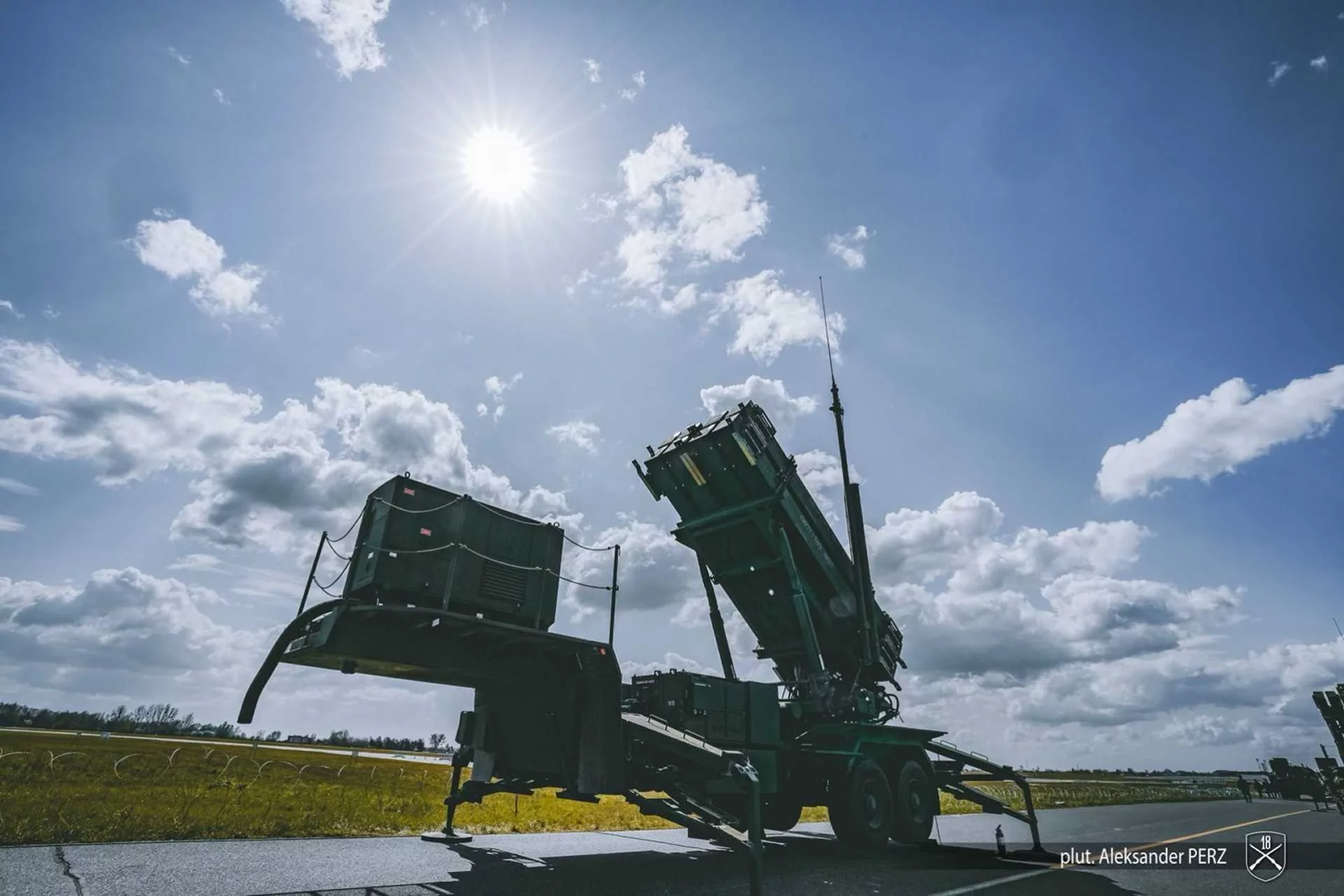In a dramatic display of military cooperation and strategic foresight, Japan and the United States are set to deploy a new vanguard in the Indo-Pacific—the Navy/Marine Expeditionary Ship Interdiction System, or NMESIS. This deployment, a centerpiece of the expansive bilateral military exercise “Resolute Dragon 2025,” is not just another drill; it’s a powerful statement of intent, directly aimed at countering China’s growing maritime assertiveness and its ambitious military modernization efforts.
The exercise, which will take place from September 11 to 25 across key Japanese regions, including Hokkaido, Kyushu, and the strategically vital island of Ioto, will see a combined force of approximately 12,000 Japanese and 1,900 U.S. military personnel. Their primary mission: to practice and perfect integrated defensive strategies designed to protect Japan’s southwestern islands—a region that has become a flashpoint due to escalating tensions over the Senkaku Islands.
The real star of this exercise, however, is the NMESIS system itself. This groundbreaking mobile, ground-based missile launcher is equipped with the formidable Naval Strike Missile (NSM). With a range of over 185 kilometers, the NSM is a subsonic cruise missile that can deliver a devastating blow to enemy naval targets. What makes it particularly lethal is its advanced imaging infrared (IIR) seeker, which allows for pinpoint accuracy while making the missile highly effective at evading enemy radar.
What sets NMESIS apart is its innovative and flexible design. Mounted on a remotely operated Joint Light Tactical Vehicle (JLTV) chassis, it is a testament to modern military doctrine focused on agility and survivability. Its remote operation ensures that personnel exposure to danger is minimized, and its rapid deployment capability allows for a flexible and distributed defensive posture. This aligns perfectly with the U.S. Marine Corps’ “Force Design 2030” and Japan’s recently updated National Defense Strategy, which both prioritize a dispersed and mobile force capable of operating effectively in contested environments.
The introduction of NMESIS to the Indo-Pacific theater marks a significant strategic shift. By placing these highly mobile anti-ship systems on islands, the allied forces can effectively complicate an adversary’s fleet movements, particularly in critical strategic chokepoints. This capability provides a crucial advantage, as it does not rely on large, vulnerable fixed bases, which are often the first targets in a conflict.
This exercise and the deployment of NMESIS are a direct response to the clear and present danger posed by China’s military expansion. Beijing has not only increased its maritime pressure on the Senkaku Islands but has also been rapidly modernizing its missile and amphibious forces. In this high-stakes geopolitical chess game, the deployment of NMESIS serves as a new and formidable check.
However, the path to deterrence is not without its challenges. The deployment of NMESIS at Camp Ishigaki, a key location in Okinawa Prefecture, is expected to face local resistance. Okinawans have a long history of voicing concerns about the heavy U.S. military presence on their island, and this new deployment is likely to reignite those long-standing debates. Balancing the need for a robust defense against geopolitical threats with the concerns of local communities remains a delicate and ongoing challenge for both Washington and Tokyo.
In conclusion, “Resolute Dragon 2025” and the deployment of the NMESIS system are more than just a military exercise. They represent a new chapter in the U.S.-Japan alliance, a concerted effort to fortify a crucial region, and a clear signal that the allied forces are prepared to meet the challenges of modern maritime warfare with speed, innovation, and a distributed, powerful presence.




